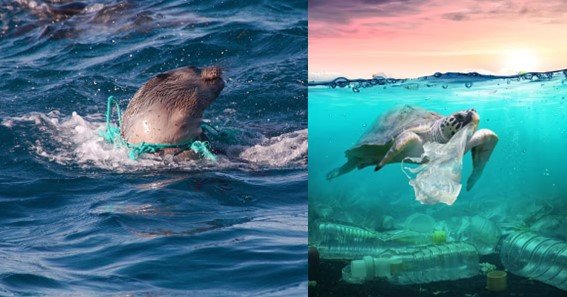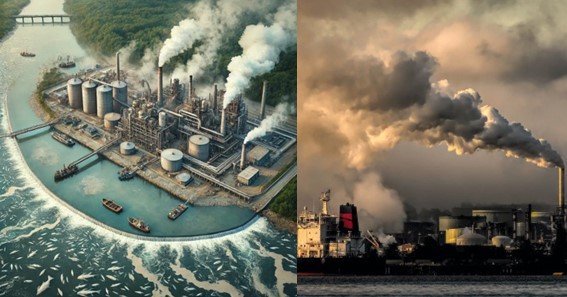Thermal pollution occurs when industries release excess heat into natural water bodies, raising water temperatures and causing adverse environmental effects. This heat alters the natural balance of ecosystems, affecting aquatic organisms, reducing oxygen levels, and promoting harmful algal blooms.
How Thermal Pollution Affects The Environment
- Impact on Aquatic Life
Warmer water temperatures affect the metabolism and reproductive cycles of aquatic species. Many fish and aquatic organisms suffer from oxygen depletion, which can lead to increased mortality rates and biodiversity loss. - Reduced Dissolved Oxygen
Warmer water holds less oxygen, which is vital for fish and other marine life. As temperatures rise, oxygen levels drop, making it difficult for aquatic organisms to survive. This can lead to the formation of “dead zones” in water bodies where no life can thrive. - Harmful Algal Blooms
Elevated water temperatures encourage the growth of harmful algal blooms. These algae reduce oxygen levels further and release toxins that can be deadly to both aquatic life and humans. - Ecosystem Disruption
Species reliant on cooler waters may be forced to migrate, disrupting local ecosystems and food chains. This migration can lead to overcrowding and competition in new habitats. - Contribution to Climate Change
Thermal pollution exacerbates the effects of climate change by increasing water temperatures, which impacts carbon sequestration in marine ecosystems and contributes to the global warming process.

Conclusion
Thermal pollution has far-reaching effects on aquatic ecosystems, leading to loss of biodiversity, reduced water quality, and long-term damage to the environment. Addressing this issue requires stricter regulations and innovative solutions to reduce heat discharge from industrial activities.
FAQ
- What is the main cause of thermal pollution?
Thermal pollution is primarily caused by industries and power plants that discharge heated water into nearby water bodies. - How does thermal pollution affect aquatic ecosystems?
It raises water temperatures, reducing dissolved oxygen levels and harming aquatic life, leading to species migration and death. - Why do higher temperatures reduce oxygen levels in water?
Warmer water holds less dissolved oxygen, making it difficult for marine life to survive in elevated temperatures. - What are harmful algal blooms, and how are they linked to thermal pollution?
Algal blooms thrive in warmer waters caused by thermal pollution, further depleting oxygen levels and releasing harmful toxins. - Can thermal pollution contribute to climate change?
Yes, thermal pollution can exacerbate climate change by affecting marine carbon sequestration and increasing overall water temperatures.










